Myths and misconceptions pervade the fitness and weight training industry, and the gym is typically where these tall tales spread.
We take a closer look at some of the more common myths so that you don’t fall prey to this misinformation.
READ MORE | 4 Protein Myths Busted!
Myth #1: You can out-train a bad diet
You can’t out-train a bad diet, so extra weight lifting sessions won’t create the body you want if your diet isn’t on point.
That’s because most people don’t have enough time to exercise for the duration required to burn a significant number of calories.
So, if your approach in the kitchen isn’t as comprehensive as your approach in the gym, it becomes less likely that you will achieve your body transformation goals.
For example, someone who weighs 73 kg will only burn roughly 533 calories doing high-intensity aerobics, 606 calories while jogging, 657 calories on the stepper, or 314 calories while walking (these figures are indicative and vary based on various factors, including your weight).
When you consider that just three slices of a large pizza equates to 1,000 calories (depending on the toppings), you start to understand how poor food choices throughout the day can swing your daily calorie intake from an exercise-induced deficit (you burn more calories than you consume) into a surplus (you consume more calories than you expend).
If you continually eat more calories than you burn, your body will store this extra energy as body fat. The key to sustainable weight loss is creating a slight daily calorie deficit (no more than 500 calories a day) by combining a calorie-controlled diet with a daily high-intensity training session and regular movement throughout the day to expend as much energy as possible.
READ MORE | 5 Forms For Fat-Loss Fake News To Watch Out For
Myth #2: Cardio is best to help your lose weight
Many gym-goers dedicate their time to cardio equipment, aerobic classes and spinning sessions to achieve their weight-loss goals, because they believe that cardio is the most effective way to burn fat. However, this common myth is not entirely true.
While any form of exercise will work to burn calories, a combined approach – weight training and cardio – is often the most effective way to lose weight.
Firstly, low to moderate steady-state cardio for an hour or less each day – what many people tend to engage in – does little to burn significant calories.
While high-intensity cardio will deliver better results, you should also aim to build more muscle to boost your overall metabolic rate. This process is important in the weight-loss equation because creating more metabolically-active muscle tissue will boost your metabolism.
Including weight training in your exercise regimen (combined with adequate protein intake from a balanced diet) is the most effective way to increase your muscle mass, which in turn boosts your resting (basal) metabolic rate – the amount of calories you burn each day to support basic bodily functions.
High-intensity weight training like metcons can also increase your post-exercise metabolic rate (due to higher recovery demands) to a greater degree than the type of cardio most people engage in, which helps you burn more calories.
You can intersperse sets or weight training exercises with bursts of intense cardio intervals if you don’t want to structure every workout with separate cardio and weight training sessions. It is beneficial to use varied pace and intensity during the cardio component of your session rather than just steady effort.
READ MORE | Cardio Revolution: A Better, More Effective Way To Get Your Cardio On!
Myth #3: Sore muscles the day after a hard session indicates I had a good workout
While it is common to feel a dull ache and some stiffness in your muscles the day after a hard training session or when starting a new program, it is important to distinguish between good and bad next-day soreness (also known as delayed-onset muscle soreness or DOMS).
A dull ache in muscles and slight discomfort during movement is probably the threshold for ‘good’ next-day soreness. You should not experience any limitations in movement or function, and your muscles should not be sore to the touch.
Feeling pain or discomfort at the points where muscles connect to joints is also undesirable. These symptoms indicate excessive damage, particularly in connective tissue, which is not necessarily conducive to optimal muscle growth or enhanced strength.
If any pain or discomfort persists beyond 48 hours and remains present throughout the day, then you’ve probably exceeded the ideal level of muscle damage, and you need more time to recover.
READ MORE | Explain That Pain! Why Do Muscles Feel Sore The Day After Gym?
Myth #4: I am too old to lift weights
There is no age limit on when you can (or should) start a strength training program, provided that you are otherwise healthy, have no bone, joint or muscle issues, and your doctor has given you the go-ahead.
In many instances, strength training and other forms of exercise can improve an elderly person’s quality of life by providing numerous benefits, including:
- Better functional strength
- Improved balance and coordination
- Greater strength and flexibility
- Weight management
- More confidence
- Lower risk of falling
In fact, the risks associated with a lack of exercise and a loss of strength are greater than a safe and effective strength training program for older people.
These risks include a faster rate of age-related muscle loss (called sarcopenia), which can lead to weight gain and contribute to reduced functional strength and a higher potential risk of conditions like osteoporosis (lower bone density).


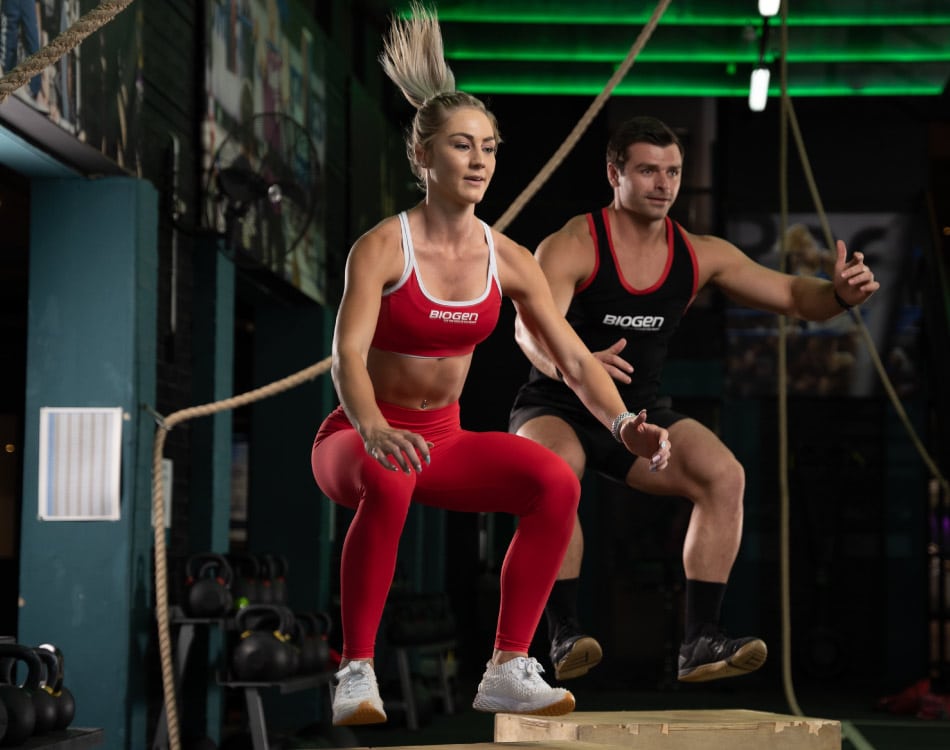

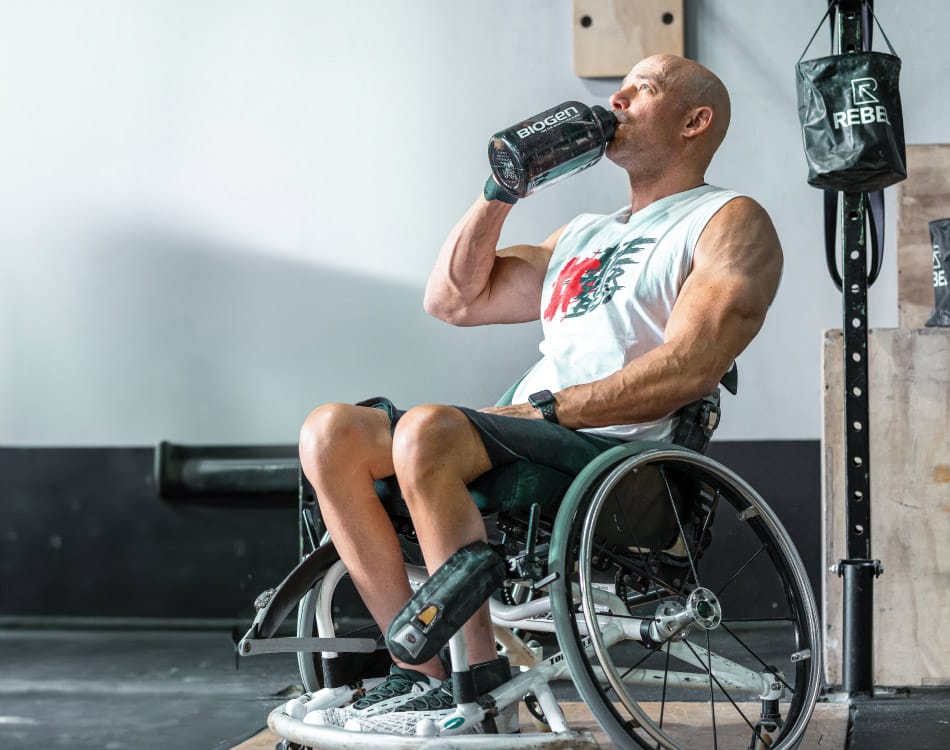

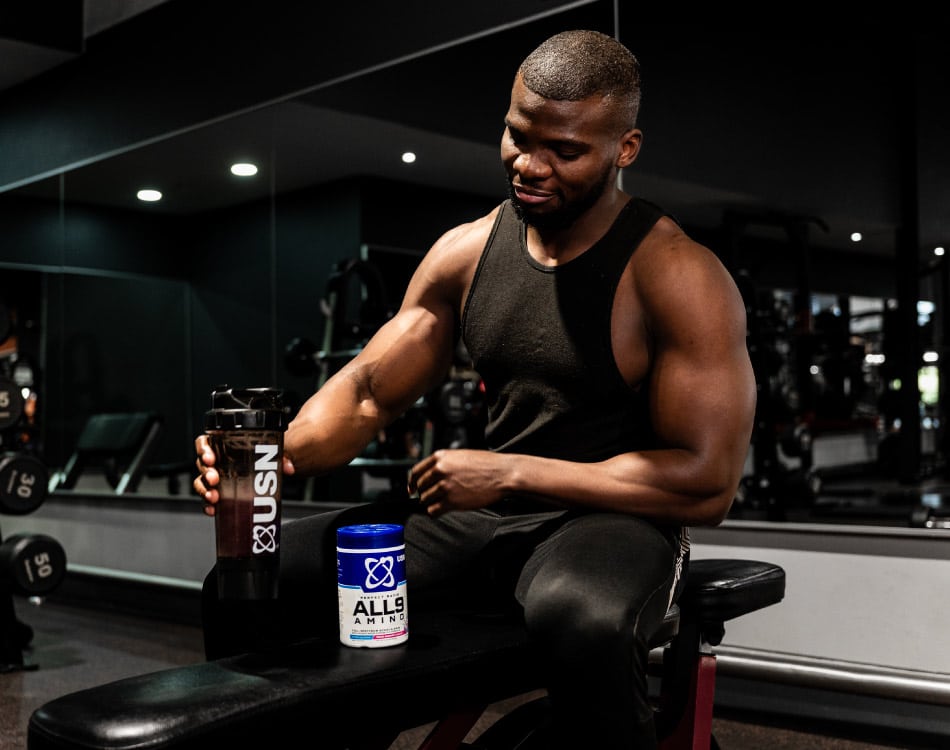

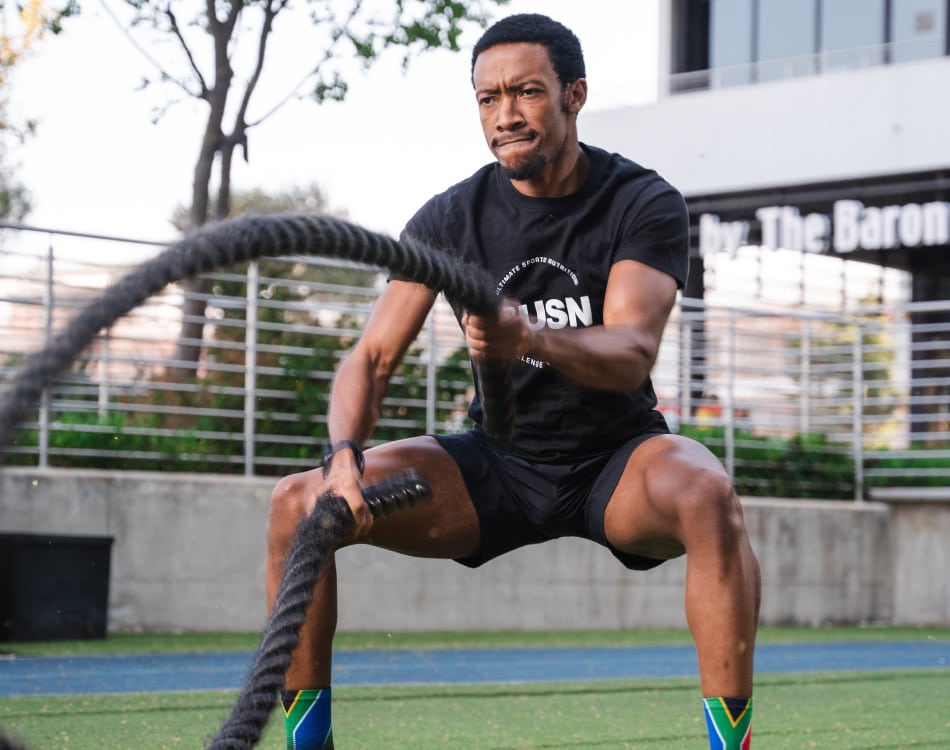
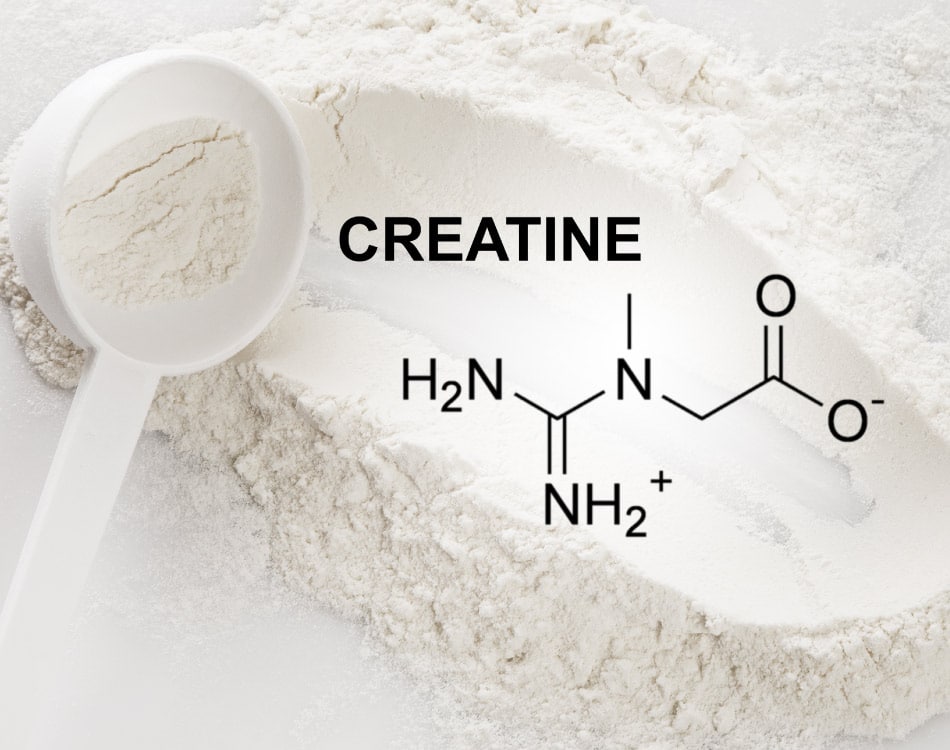
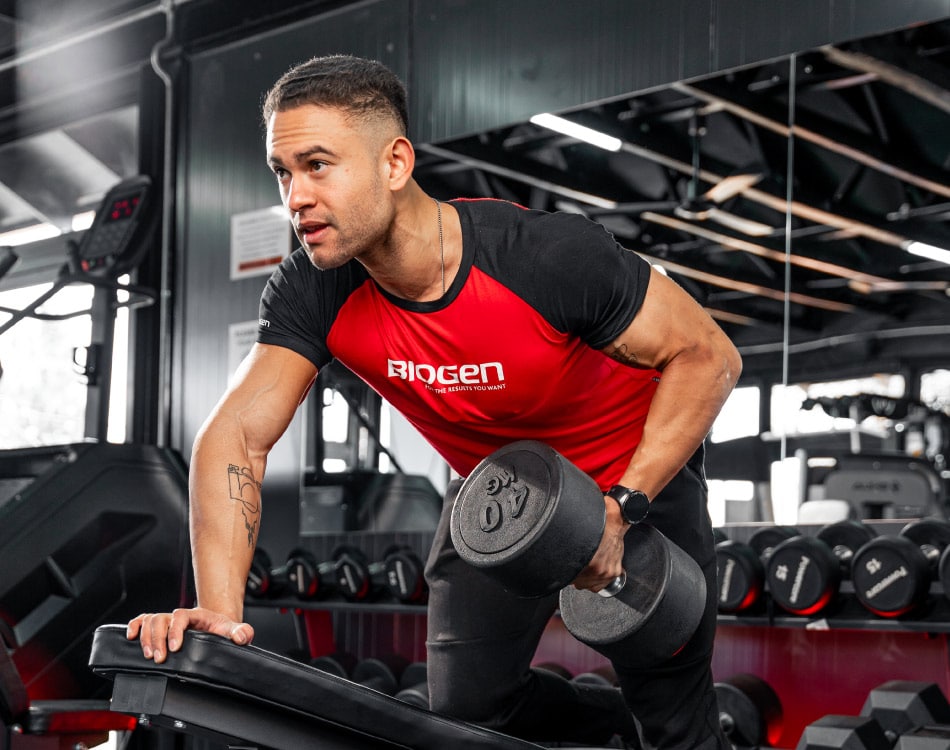
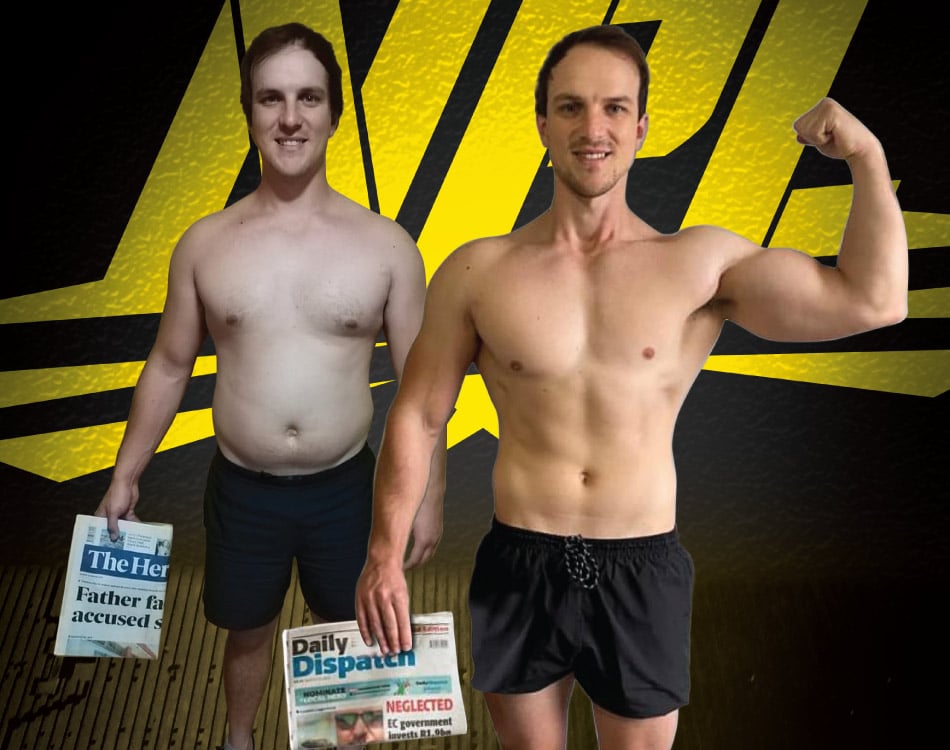





Leave A Comment